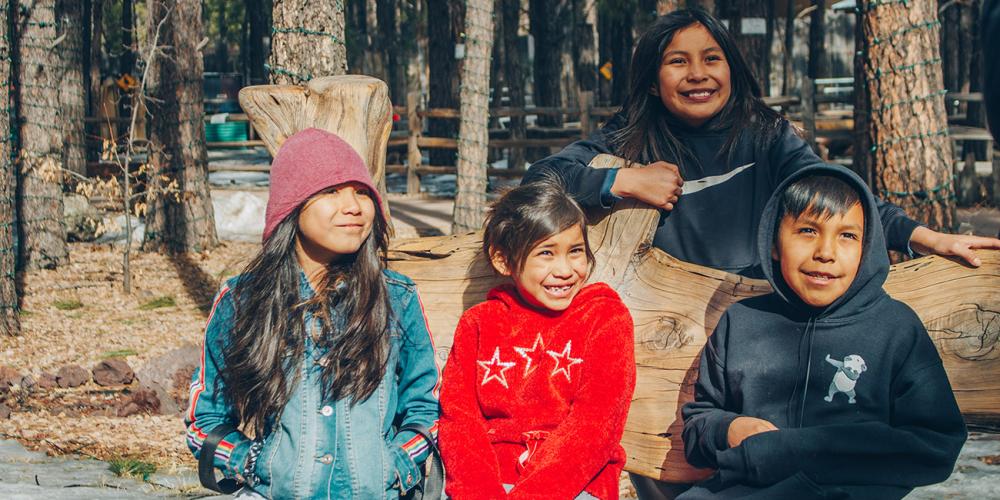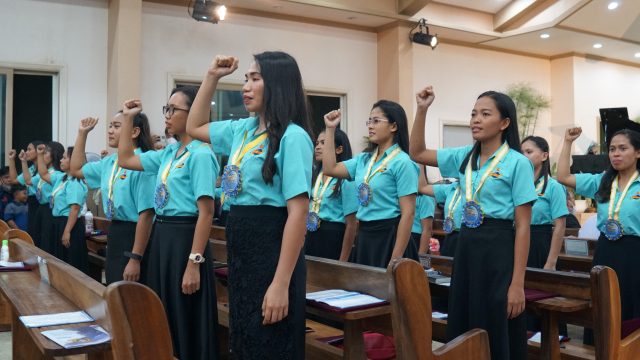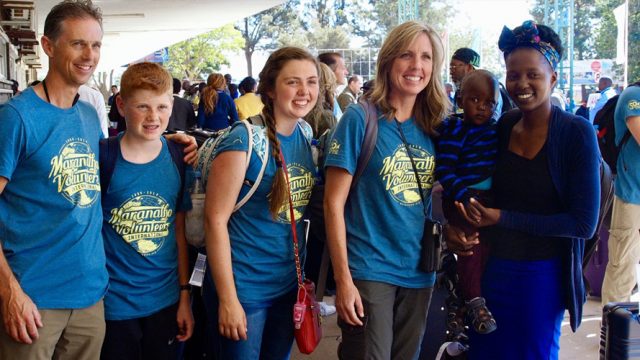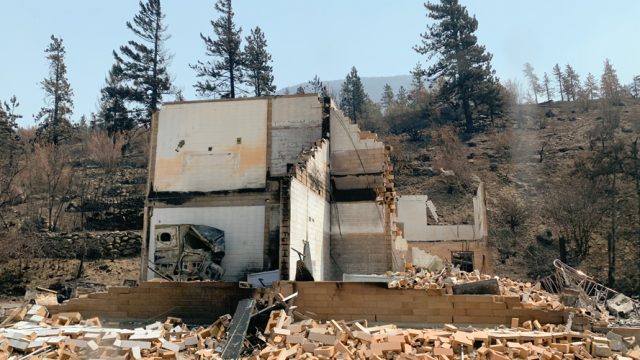The Chinle Seventh-day Adventist Church isn’t located in the best neighborhood of Chinle, a town of 4,500 people on the Navajo Reservation in […]

The Chinle Seventh-day Adventist Church isn’t located in the best neighborhood of Chinle, a town of 4,500 people on the Navajo Reservation in the U.S. state of Arizona.
As the local pastor, I live in a trailer beside the church building. Several well-respected neighbors, including a Navajo Nation police officer, live in nearby trailers. But one house is looked down on as the local “drug house.” Its unkempt yard and constant stream of random foot and vehicle traffic lend credibility to its reputation as a supplier of illegal liquor and more.
The church board has discussed how to best relate to these neighbors. We’ve prayed for them and even visited a time or two, praying with them and sharing literature and invitations to church events. The family’s children have occasionally attended Vacation Bible School and other children’s programs. But we haven’t seen any breakthroughs. The behavior of the adults hasn’t visibly changed.
Then along came the COVID-19 pandemic.
The church building was closed, and our public meetings moved onto the telephone. Although the church has access to the internet, many families here don’t have internet service at home.
On a recent day, one of the church’s neighbors, Catherine, walked across the churchyard with the biggest smile on her face. She wanted to apologize, she said, for missing our midweek prayer meeting call the previous evening. Catherine was baptized a few years ago and often volunteers at the church. Her two daughters, Katelyn, 11, and Kallie, 9, have been using the church’s internet connection in the Sabbath School classroom to do their daily homework from Holbrook Indian School. The girls usually live in the dormitory at Holbrook, located about 90 minutes away by car, but were sent home to study because of COVID-19.
Catherine said she had missed prayer meeting because she had joined her husband, along with Katelyn and Kallie, in organizing their evening worship by a nearby creek. They had taken a Bible storybook to read and sang songs about Jesus that the girls learned at Holbrook.
“Oh, and we took the neighbor kids with us,” Catherine said.
“Which ones?” I wondered aloud.
“The ones right next door here,” she replied, gesturing toward the infamous “drug house.”
I was surprised. Why would Catherine and that family spend time together? They weren’t closely related, and I wasn’t aware of any previous interactions between them. Catherine and her husband had talked repeatedly about moving from their one-room log cabin to a nicer neighborhood, even though that’s easier said than done on a reservation with a severe housing shortage and a clan-based land allotment system.
I asked Catherine how she had managed to invite the “drug house” children for evening worship.
Catherine smiled proudly.
“Their big sister noticed how happy our girls seem to be every day when they walk by their house on the way to the church to do their schoolwork,” she said. “She wanted to know why Katelyn and Kallie smile so much instead of looking mostly sad like her own little sisters. She also wanted to know why Katelyn and Kallie are always singing. So we decided to invite them to go with us. My husband wasn’t sure it was a good idea, but I told him that maybe the Lord wants us to share Jesus with them. So that’s what we did.”
“How did it go?” I asked.
Catherine beamed, clearly savoring the memory.
“When we finished, they asked if we could do it again the next day,” she said. “The Lord has touched my children, and they can see it.”
The original version of this story was posted on the Adventist Mission news site.








